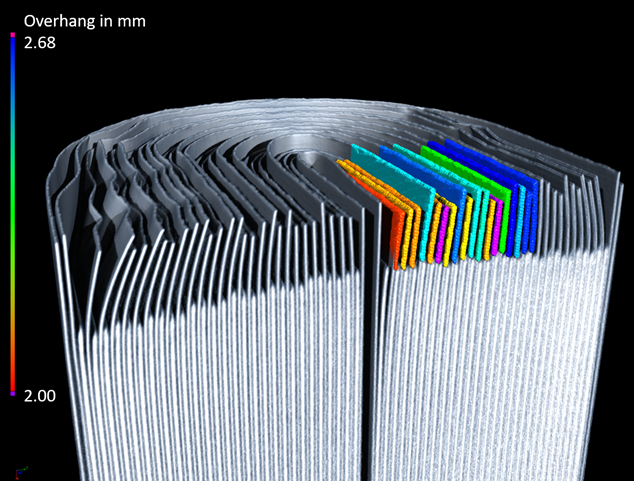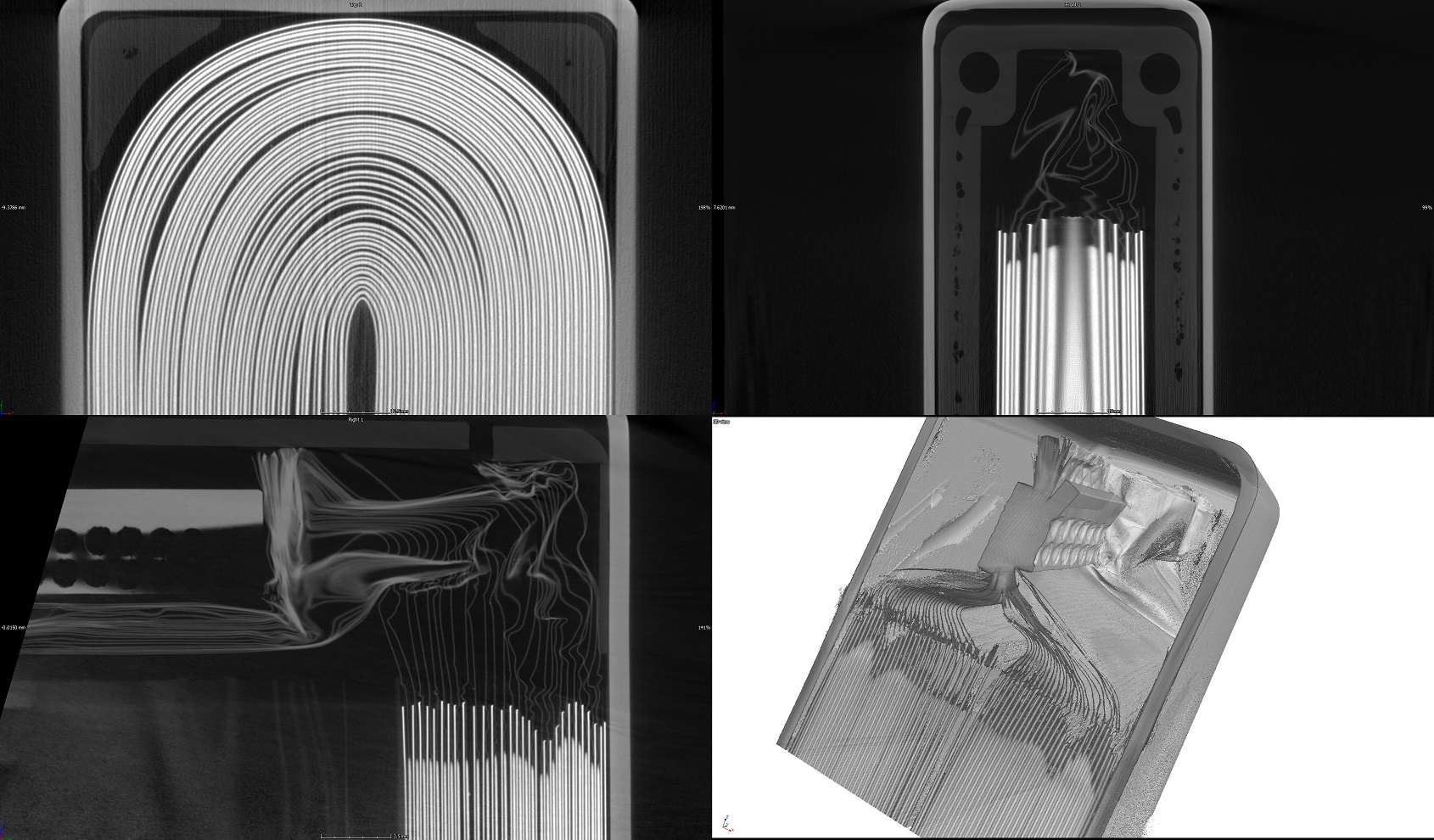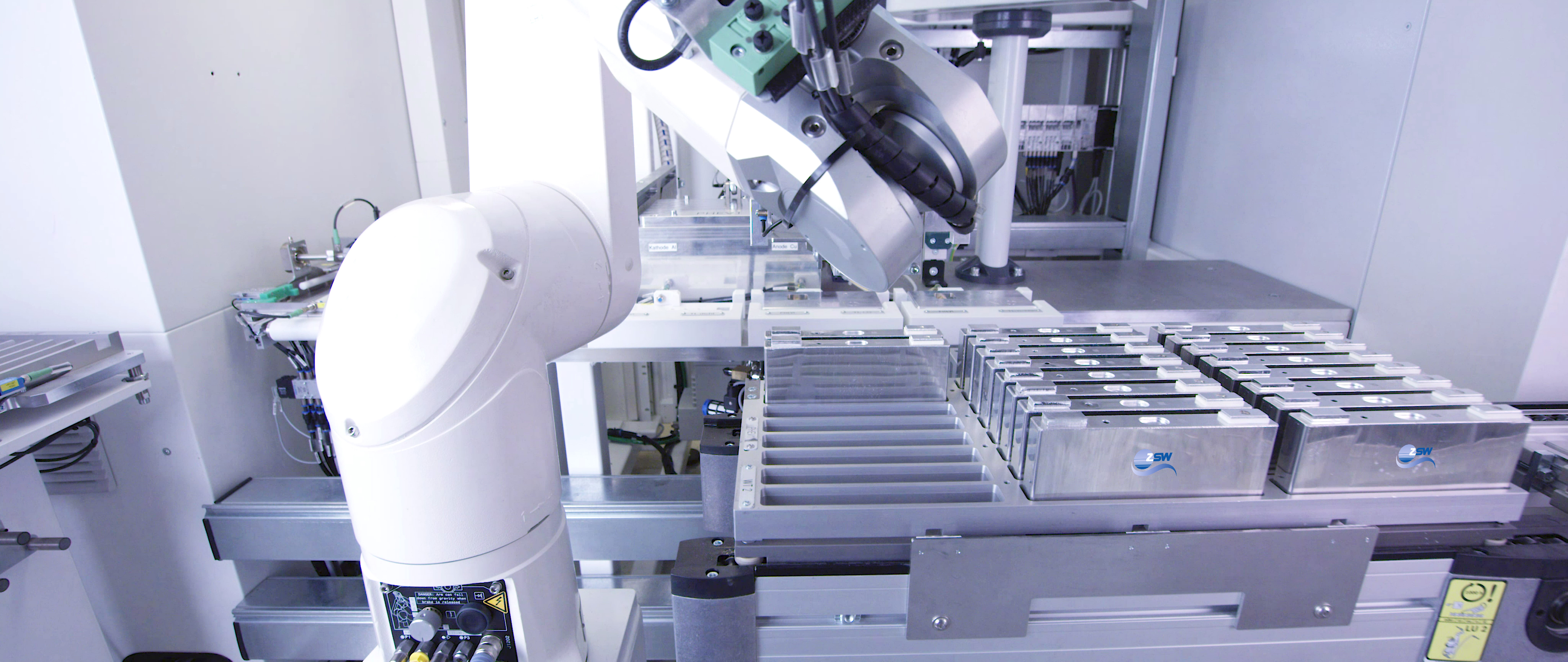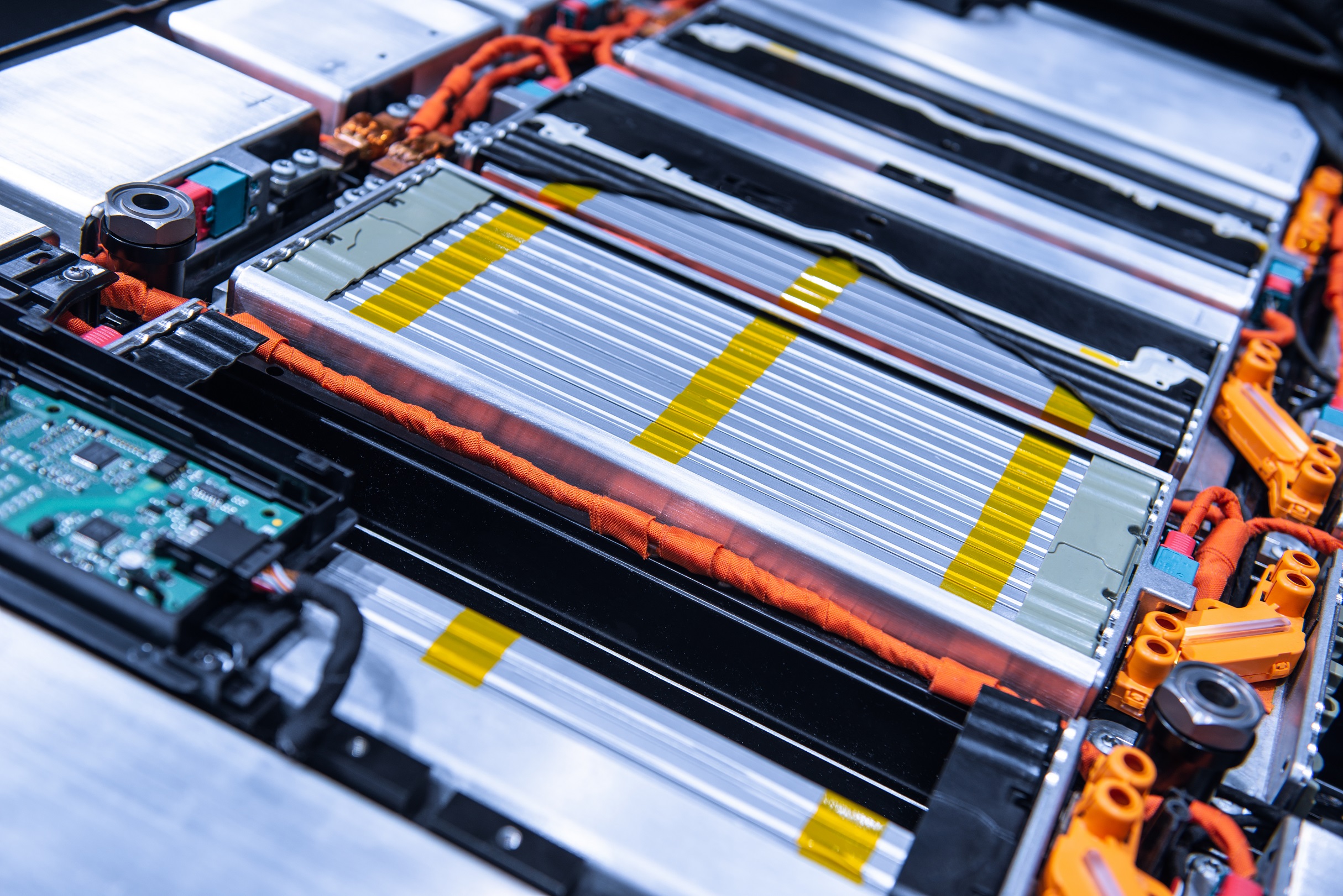Advanced X-ray and CT technology – with roots in healthcare – is now used for faster, more accurate, and non-destructive inspection of EV batteries.
Dr. Tobias Neubrand, Technical Director for Electronics Inspection at Waygate Technologies, a Baker Hughes business and world leader in industrial inspection solutions, explains how advanced industrial radiography and computed tomography (CT) systems are revolutionizing non-destructive battery inspection, and why it’s a critical need for today’s fast-growing Electric Vehicle (EV) and eMobility manufacturing sector and for tomorrow’s used-EVs sellers.

From the R&D perspective, the technology used in lithium-ion cells is mature, and more or less at the end of its development. The next hurdle for manufacturers is to achieve reliable, high-quality mass production of these cells to reduce the cost. In the lab, it is all working fine, but when you bring it to mass production, there are several problems. For example, they are likely working with chemicals from different suppliers, which can lead to failures during the automated mass production of the cells.
There is no common standard between all the suppliers, and one big cost issue is scrap, when cells fail at a certain point of testing and are taken out of the line. 2D X-ray systems are already on the shop floors and might test, for example, 20% of cells as bad cells. We can use 3D CT technology to check in more detail and assess the cell more accurately. This can be done at speed, reduce false failure tests and reduce scrap.

Scrap is not waste – it is raw material of the future. It goes directly into the recycling process. You lose a couple of percentage points, and it’s a good source to use for new cells. But if you think of it like a baking line, you see the problem. If out of every 10 biscuits you produce, two break and you don’t have enough good ones to fill your box. That’s what these manufacturers are facing. Every cell that tests as a bad cell drives down efficiency and drives up cost.
It’s being driven by the EV market – everyone wants a car which is more powerful with a longer range, and car manufacturers are changing their whole portfolio over to EVs. This is driving a lot of variety in the battery cells which are being produced. When you add this variety to an emerging mass production sector that is still gathering data on where the issues are, there is ongoing learning. In the future, these manufacturers will have statistical process control, but right now it is so new, and the processes are being refined and they are creating data lakes so they can go back and check where issues have occurred. Each time you change something, you start your learning curve again.
You find you have a slightly better chemistry which perhaps gives you an edge over your competitor, so then you do it again. Next, you want a battery for a sports car, and now it needs to be a different size. This is a kind of circle the industry is in right now.

Think of the structure of your small batteries for home appliances; it’s the same for a big car battery. Once it’s built, it’s sealed, and you cannot look inside it anymore – it’s like a black box. You can test the current, but you don’t know the true integrity of its structure inside. Car manufacturers use inspection technology to check the batteries they are buying from battery manufacturers. If there’s an issue, they want to be able to know definitively where the fault lies: is it with them, or the battery manufacturer?
A lot of focus on lithium-ion battery safety came about in 2016 when the Samsung Note 7 mobile device was catching fire, and suddenly you couldn’t board a plane if you had a Note 7. CT inspection was important in the failure analysis in this case – it showed the root cause was the geometry of the packed electrodes. The electrodes were put in a jelly roll in a very small phone case, and at certain points the angles became too sharp and the electrodes broke. Once they were physically damaged, they could short-circuit in the cell and you got fires.
The battery pack used for EVs or energy storage are made up of modules – each module is made up of multiple cells. When inspecting the batteries on the cell level, engineers are looking at the mechanical manufacturing, inclusions, electrode homogeneity, internal connections (welding), the placement of the electrodes in the cells. If we look closer on this spatial inspection of the geometry, they analyze the electrodes’ distance from each other, their size and orientation relative to each other, their distance from the wall and their angles. You can do some of this with 2D X-ray systems, but you don’t get the full information, usually only one or two failure modes are visible. With CT you get the full picture for critical parts of the cells as they are sitting inside the box, which was why it was so useful in the mobile phone situation.
Using CT for EV battery inspection has become important in line with the mass production of EVs. We’ve been using lithium-ion batteries in laptops and phones for 15 years or more, and some of the biggest brands in consumer electronics today are among our customers. The same manufacturers who are already experienced in producing mobile phone batteries began building bigger batteries for EVs. But it’s a big change in scope, and that’s where things get interesting. We now have a different set of geometries, capacities, packages – all the modules in these batteries require battery management systems. It’s a whole new universe, even though it’s a lot of the same manufacturers.

Car manufacturers are using CT for failure analysis. When they get back a battery from the field, which has failed in the car, the first thing they do is a CT inspection on it. As we know, just the act of opening a battery can damage it, and they get that first view without touching anything. The CT inspection allows them to prove the error was there before they opened it. This is also important from a safety perspective. If technicians have to open such a module, the CT shows them where they can safely put the hammer.
The Phoenix suite is giving peace of mind to both EV manufacturers and the battery manufacturers. The most famous example of why this is so important is the 2021 settlement between an American car brand and a global battery supplier. There were big problems with the battery that had been made for a certain car model, leading to a universal recall of that vehicle. Once the battery was revealed as the problem, the partnership continued, but after agreeing on $ billion in compensation. So, you can see the economic value, and the reputational issues. It demonstrates how important confidence in the integrity of EV batteries is – and you could buy a lot of our test systems for that amount!
The main solution EV and battery manufacturers are using at the moment is the Phoenix V|tome|x system which is available in different versions based on individual customer requirements.
What’s interesting is how we are seeing new failures pop up on the battery production lines all the time. This is where our system CT really can help, because you can analyze the full battery. Other test equipment focuses on a single failure mode. It does a test check for one error and when that runs smooth, then a new failure mode pops up. CT doesn’t do that. In 90% of cases, our CT systems can help to detect the failure, they are flexible and then we can fast-react to inspect these new failure modes.
In the future, we want to go to more computer-aided diagnosis. Right now, it’s images, volume data and well-trained operators, but we have goals to bring in more artificial intelligence (AI). We are already working on that, but it is complex because the battery configurations are changing all the time.

A big battery is a bit like a capital investment: you want to make sure that it is sound and safe today and keep track of how it is influencing the value of your car in the future. Right now, our technologies are not in use in this “Servicing EVs” market, but it will come, as there is no other way to look inside those black boxes.
With an EV, no one unbinds an electrical motor, so the battery is then the valuable part. What kind of service can you do for the battery? The industry is changing, but if we do a bit of crystal-ball gazing, car dealers won’t have the equipment to do this kind of job. They can gather electrical data but disassembling a battery pack is another thing. I think there will be a second layer of service centers emerging, where they take your battery and look inside using technology such as CT systems. They can either reconfigure the battery or after looking inside, they can value it.
Say you have a car which is three years old and is out of warranty, but you still want to get a good price for it; the buyer will want proof of the battery’s condition. That’s when you can invest and say, ‘Here’s the scan of my battery to prove that is worth it.’
The service centers will also be able to either restimulate modules or reassemble them, replacing faulty modules found by the CT inspection, to get the battery back to full capacity. It’s costly equipment but I believe those who are equipped with these systems will be part of the EV ecosystem.
Energy Forward Stories
Sign up to stay up to date on the latest innovations and people shaping the future of our industry.





